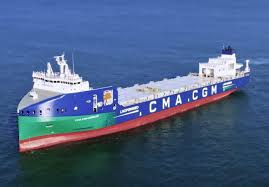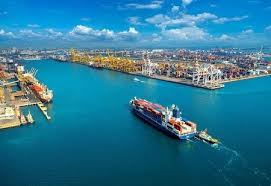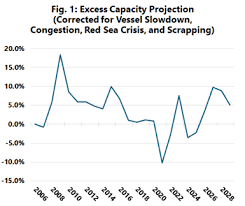Amar More, CEO & Co-founder, Kale Logistics Solutions, shares how modern cargo terminals are evolving from passive warehouses to active supply chain enablers, offering faster handling, real-time visibility, and specialised e-commerce services.

E-commerce is reshaping cargo terminals into agile, service-driven supply chain hubs
With over three decades of transformation, the role of cargo terminal operators has shifted dramatically from passive handlers to active enablers of supply chain efficiency. The modern cargo terminal is no longer just a warehouse bridging airside and landside. Instead, it is positioned as a hub of specialised services that cut costs, reduce damages, and prioritise critical shipments, while delivering the speed and visibility expected in today’s air freight sector.
Case-driven industry solutions
This evolution is reflected in case-driven solutions across the industry: repackaging and consolidation for freight forwarders, same-day visibility for time-sensitive aviation parts, fast-track e-commerce handling at major airports, and optimised sea-air multimodal solutions that balance cost and delivery speed.
Collaboration challenges
Yet challenges remain. Aligning the interests of airlines, forwarders, and shippers often proves difficult, and the lack of direct engagement with consignees creates gaps in service delivery. Deeper collaboration across all stakeholders was highlighted as essential to unlocking the full potential of terminal operations and ensuring more resilient supply chains.
E-commerce transformation
At a recent roundtable, industry leaders emphasised how e-commerce is reshaping air cargo. “E-Commerce has moved beyond being just a trend; it is reshaping the entire cargo ecosystem,” one airline executive observed. Unlike bulk freight, e-commerce revolves around parcel-level visibility, real-time tracking, and quick turnaround. However, many airlines and handlers continue to treat it as general cargo, processing shipments through standard timelines that overlook the need for faster release and prioritised handling.
Value capture imbalance
Another point of discussion centred on value capture. While e-commerce products may include US$5–6 in logistics charges, airlines often receive less than $1 for transporting them. The imbalance stems from the fact that platforms like Amazon and Alibaba dominate customer relationships and offer integrated services such as customs clearance, last-mile delivery, and end-to-end tracking. Airlines and handlers, tied to legacy models of selling capacity by kilos and cubic metres, capture only a fraction of the revenue.
Infrastructure and dedicated teams
Panellists agreed that e-commerce requires dedicated teams and infrastructure. Fast-track lanes, parcel-level identification, and proactive service-level agreements with forwarders could help close service gaps. Historically, handlers worked primarily with airlines, not forwarders, but direct engagement could streamline processes and reduce delays.
Paradigm shift in cargo logistics
Ultimately, e-commerce is driving a paradigm shift across cargo logistics. Platforms demand speed, reliability, and transparency, forcing airlines, handlers, and airports to move from bulk-driven models to shipment-level, service-driven ones. Those that adapt by offering end-to-end assurance, zero-damage handling, real-time visibility, and transparent invoicing will capture greater value and establish themselves as trusted partners in high-growth segments such as pharmaceuticals, luxury goods, and cross-border retail.










